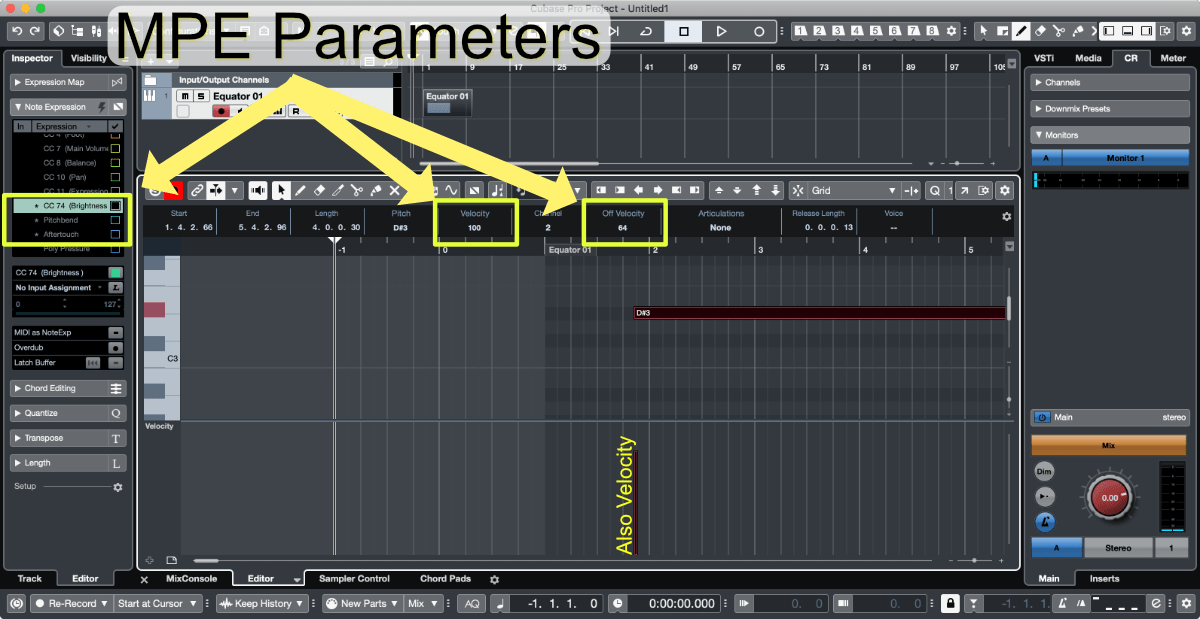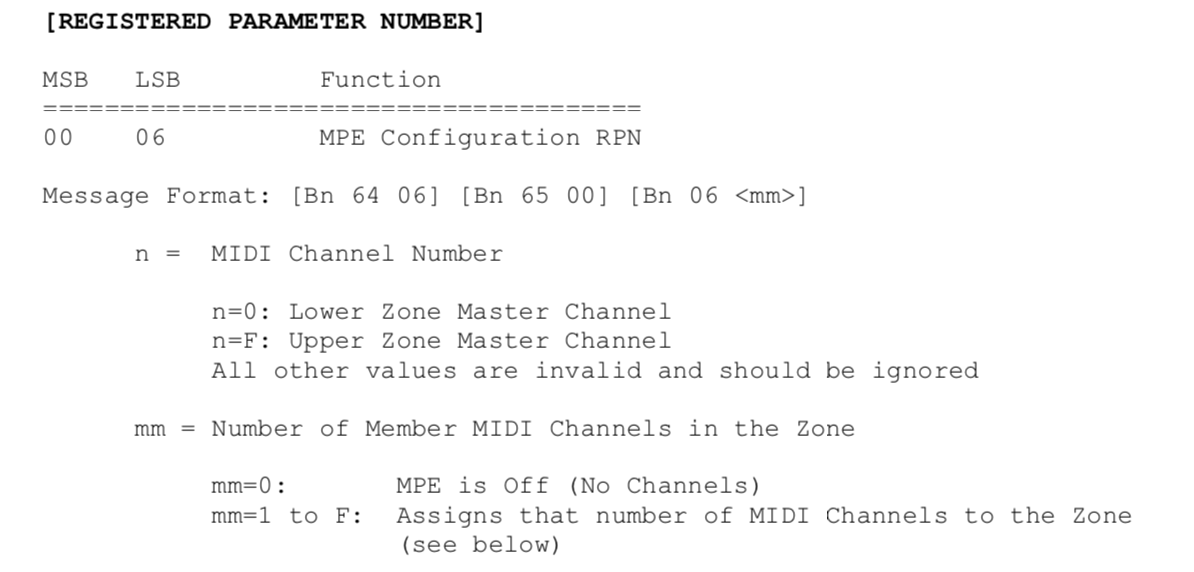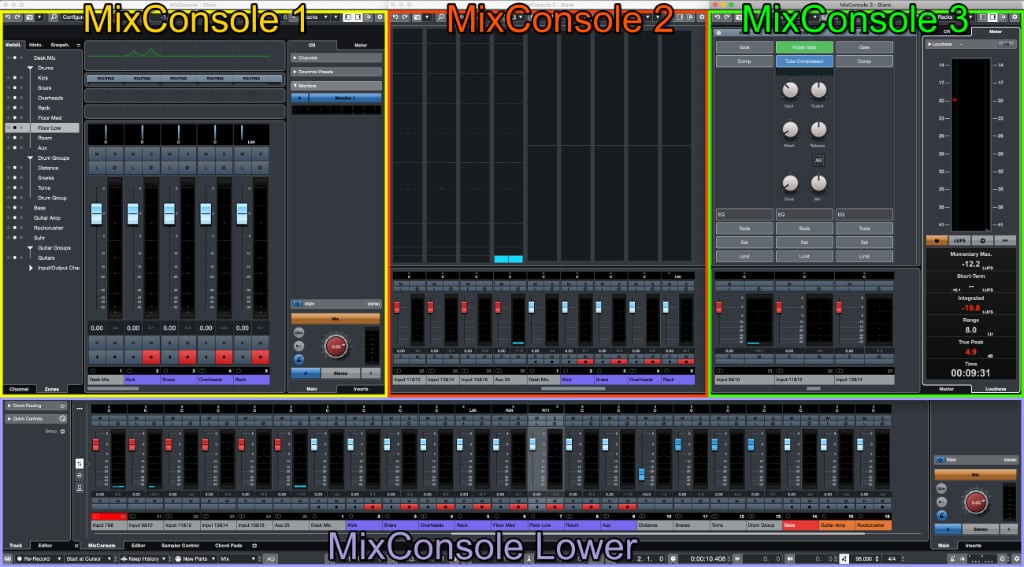I get a lot of e-mails and messages asking me “What’s your favourite…”. I don’t think anyone should really care, but my wife has been pushing me to put together a page about it for years now. I have capitulated.
So now in the features section you can go to the “Favourites” page
Favourites
I average a couple dozen “What’s your favourite…” or “What do you use for…” a week. Sometimes I get a few dozen per day. This ranges from studio equipment, to health products, to woodworking, to electronics equipment, to clothing (seriously, I don’t understand.) and more.
My wife has been urging me to do this and to use affiliate links. Affiliate links being links that take you to a site with a special code and I get some kickback for it. I won’t be doing this.
Everything that can be reasonably linked is linked with bare links. I get nothing from you looking at the items. If you want to support the site than you can subscribe on Patreon or donate directly.
I will be trying to keep the list up to date if/when these things changes.
I would also like if you read the header on the favourites page.
Read more →Tomorrow I’ll be releasing a new site feature! I was going to bundle that and this post in to the same thing, but I figured I would put this in it’s own little weekday post.
After the break I’ll update you with my health situation, as I’ve had a whole battery of tests in August with some of the first objective results in 10 years.
Read more →
Programming drums using ‘just’ MIDI is difficult if you don’t have a lot of transcription practice. Transferring ideas from your mind to little graphical blocks representing some ancient underlying language (MIDI) can be difficult for even the best musicians.
Luckily with Cubase (and some other DAWs), you can use your main non-MIDI instrument to put together drum parts with minimal effort.
At this point you may think you know what I’m going to suggest, but indulge me and read on.
Read more →
Cubase 10 has MPE support…
sorta… well, somewhat. I guess.
Let me walk you through the muck and wishiwashiness by explaining how MPE in Cubase 10 works.
Make sure you read the previous article about what MPE is!
IMPORTANT - This information is for Cubase 10.0. Future versions may improve this functionality. If you are running a newer version then please check the release notes and documentation to verify that this information is still relevant.
Read more →I screwed up this week’s content. MPE in Cubase is the next topic, but I wrote an entire article based on a misunderstanding of the functionality. Nearly everything that I wrote is inaccurate because of a base assumption caused by poor documentation.
Hopefully I can provide content that will help future people from not walking away with a poor view of Cubase’s MPE capabilities.
In the meantime! I’ve realized that the font change did not propagate correctly. With this update the font change should be correct, and if you hate it please let me know in the comments or email me: audiolabs, gmail.
I’ve also made some more changes to improve readability and retention. I’ve been on a big kick reading studies and pedagogic material related to reading comprehension and retention. It’s always been my goal to make this site as readable and navigable as possible. That means not going with some trends, but hopefully my readers appreciate the effort.
I’m still working on supporting accessibility standards. ARIA support is on my list.
Read more →
In the next Article I will be covering MPE in Cubase 10 (article 2/4 in the ongoing Cubase 10 series). Naturally, I need to first explain what MPE is and why you should care.
I will be avoiding discussing MPE capable instruments or synthesizers. This is just about MPE.
Read more →I’ve recently taken time to do research on font design for impaired readers. Specifically those with dyslexia.
I’ve also updated the DAW Chart, and FreeBees list.
I’ve also changed the general site design to be a bit more responsive, and slightly asymmetrical. Overall readability and navigability should be improved.
Read more →
Cubase has some really neat features for when you’re mixing your project. Some of them are available in other DAWS, but I know of nothing that matches Cubase in the complete workflow.
So give me a few minutes of your time as I count down demonstrate the features that I think get too little recognition for how useful they are.

So rather than a ‘30 days with…’, I’m instead going to do a ‘4 articles with’. That should amount to 30-45 days of usage.
What am I using primarily this time? Cubase 10.
So I’ll be focusing on some things that I like/dislike in Cubase, along with some general commentary and maybe some tips/tricks?
I won’t be covering anything that I’ve covered already. Only new stuff.
Read more if you want to know why there’s no ‘real’ article this week, and why there may not be one next week.
Read more →Kilohearts Phase Plant has been out a little while now, and I’ve spent a good bit of time with it.
I rarely do reviews when I believe something has been covered thoroughly, and I think Phase Plant has been. Hopefully I can provide some level of thoroughness and maybe a bit of insight beyond what else is out there.
This review is of the Professional version.
Read more →